| Alexanders must be one of the quickest, easiest plants to forage and eat in bulk. You can eat every part of the plant, so nothing goes to waste. Here’s a bit of background about Alexanders and a delicious recipe to make with it. History of AlexandersI should note, first up, that “Alexanders” is the singular as well as the plural noun for this vegetable, which leads to some technically correct but odd-sounding grammatical constructions, like this one: Alexanders was introduced to this island by the Romans, who cultivated it as a garden vegetable. It escaped from the gardens and fell out of favour and out of widespread cultivation a while ago. However, it's held on remarkably well along roadsides, hedgerows and paths, especially near the coast. So really, Alexanders are just feral garden veggies. Foraging for AlexandersThese bright green plants were very obvious back in early April, lining the farm tracks through the South Downs, spreading up roadside banks in Hastings, springing up along footpaths all over the place. Now, in early May, they’re well past their prime but the flowers give off a very distinctive sweet smell, so you might still notice them. I’ve added some photos of them in situ (from April), as well as pictures of the different parts, to help you identify them. The stalk, leaves, flowers and root are all edible - but don’t dig anything up unless you have the landowner’s permission. Avoid those growing right beside a busy road, because they will probably contain a lot of pollutants you don’t want inside you. Finally, as with all wild and foraged foods, make sure you're confident with your identification - then try a little bit and leave it for a while before chowing down on a whole meal! Flavour of AlexandersI’ve seen people describing Alexanders as having a very distinctive flavour, similar to celery, parsley, asparagus and/or Angelica (another wild food I have yet to identify, forage or eat). Personally, I think Alexanders tastes a lot like fennel, especially when raw. These comparisons are unsurprising, as all of the plants mentioned (except asparagus) belong to the same family: Apiaceae. I found the flavour very strong when I boiled the unpeeled smaller stalks (i.e. as I would cook asparagus) - I had to change the water over towards the end to decrease the pungency. However, when I peeled and sliced the larger stalks and ate them raw, they weren’t overpowering. Cooking with AlexandersThe stalks of Alexanders are hollow (as with most plants in the Apiaceae family), but this is mainly noticeable in the large trunk stalks rather than the smaller, younger shoots. The stalks are sturdy and crunchy, but can be cooked until tender. Most recipes for Alexanders say to steam or boil the stems and serve with a knob of butter and a bit of seasoning (salt, pepper, lemon or lime juice). Other suggestions include chopping the leaves and using them in salad (similar to a handful of flat-leaf parsley), steaming or roasting the roots and pickling the flowers. These are all lovely ideas and I can attest that the stems make a tasty asparagus alternative. But I think my own invention is the tastiest of the lot… Alexanders and tangerine saladThis recipe uses several large stalks of Alexanders. Wash the stalks thoroughly, peel off the stringy outer layer and cut the biggest stems in half lengthways. You should end up with something resembling sticks of celery. Slice these stalks on the diagonal, and pop into a salad bowl. Peel a few tangerines or other sweet citrus fruit, removing as much pith as possible. Cut in half horizontally, carefully remove pips and separate the segments. Add to the salad bowl. I recommend one tangerine per 100g of Alexanders (peeled weight), but you don’t need to be too precise. To make the dressing, whisk together equal quantities of olive oil and freshly squeezed lime (or lemon) juice, a substantial pinch of salt and some freshly ground black pepper. As far as I’m concerned, this salad doesn’t need any embellishment. But if you think it needs more colour, try adding a handful of jewel-like pomegranate seeds. Yum. I was introduced to Alexanders by Geoff Dann’s article in the Hastings Independent (Issue 27, 3 April 2015, page 14). The recipe above was first published in the Hastings Independent (Issue 28, 17 April 2015, page 12). If you're interested, my previous foraging posts include how to make hedgerow jam and foraging in Norfolk. |
|
10 Comments
You'll have to keep an eye out for it next spring. It's definitely a feature of coastal-ish areas down here (i.e. within several miles of the coast). I've never personally seen it in East Anglia, but that's probably because I haven't looked for it, having only recently been informed of its existence. There's so much to forage at the moment - things you almost can't go wrong with, like nettles and wild garlic (make them into soup - boil them up with some asparagus, blend, then melt some mild blue cheese into it). Maybe when we finally go for that walk we can do a bit of foraging, too!
Reply
Mags
6/5/2015 22:15:23
Who knew that as an Alexander I would be so famous and readily abundant!! Looks like celery! Will have to try and check it out although I worry that my lack of identification skills may result in me munching something I shouldn't!
Reply
Everyone knows about you now! If my memory serves me correctly, there are heaps down in Hastings beside Bohemia Road around the leisure centre area. Like I said in the post, they're past their prime now, but if you're in the area keep an eye out so you can learn to identify them. (If unsure, don't eat it... DO NOT EAT HEMLOCK WATER DROPWORT! See http://www.dalswildlifesite.com/poisonousplants3.htm and https://jpwaldron.wordpress.com/2012/01/11/hemlock-water-dropwort-the-most-poisonous-plant-in-britain-2/)
Reply
Travis
8/5/2015 06:52:47
Huh, I've never heard of these at all. They do look very celery-ish (especially chopped there). It doesn't seem like they're found in the US at all.
Reply
Your comment will be posted after it is approved.
Leave a Reply. |
In which IIn which I do things and write about them In which I tag
All
In which I archive
July 2022
|
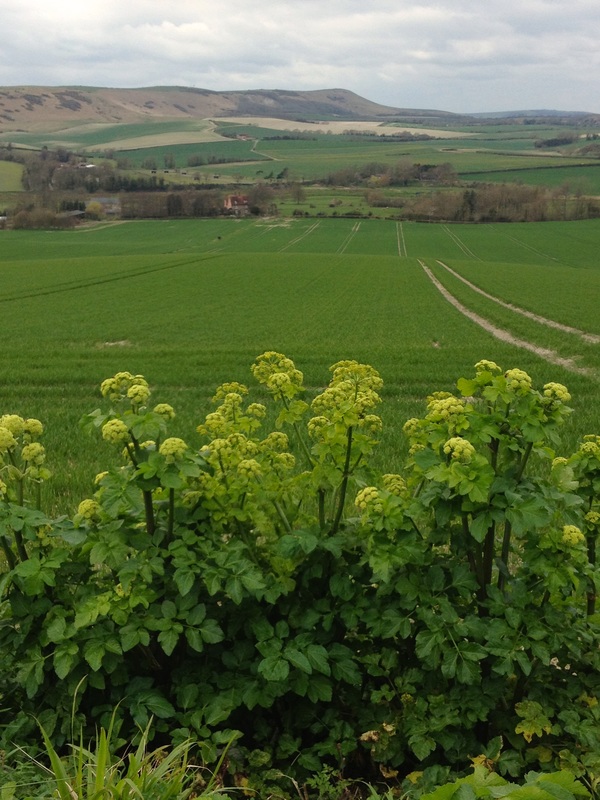

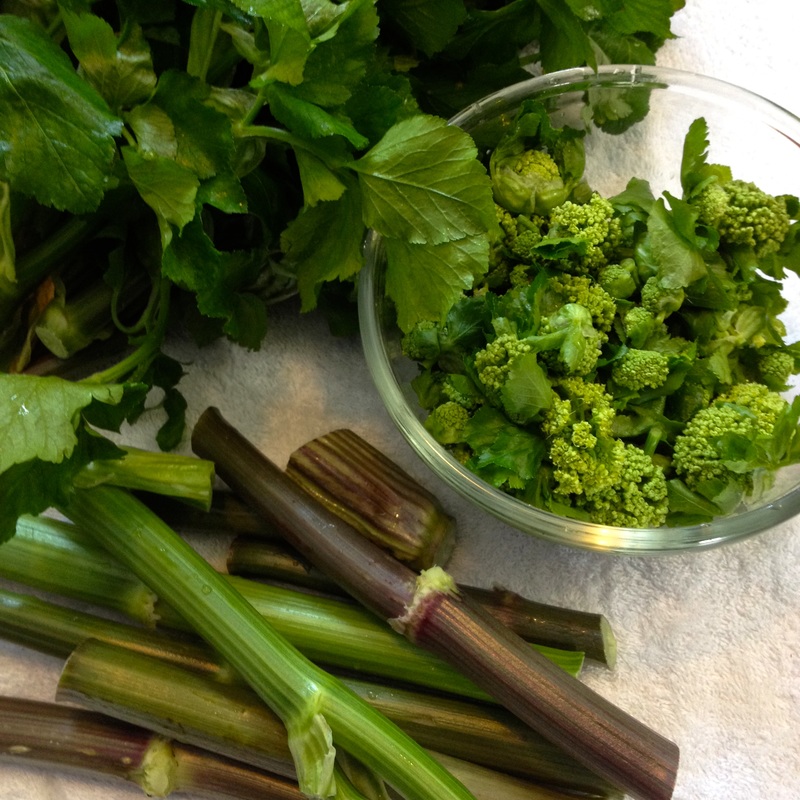
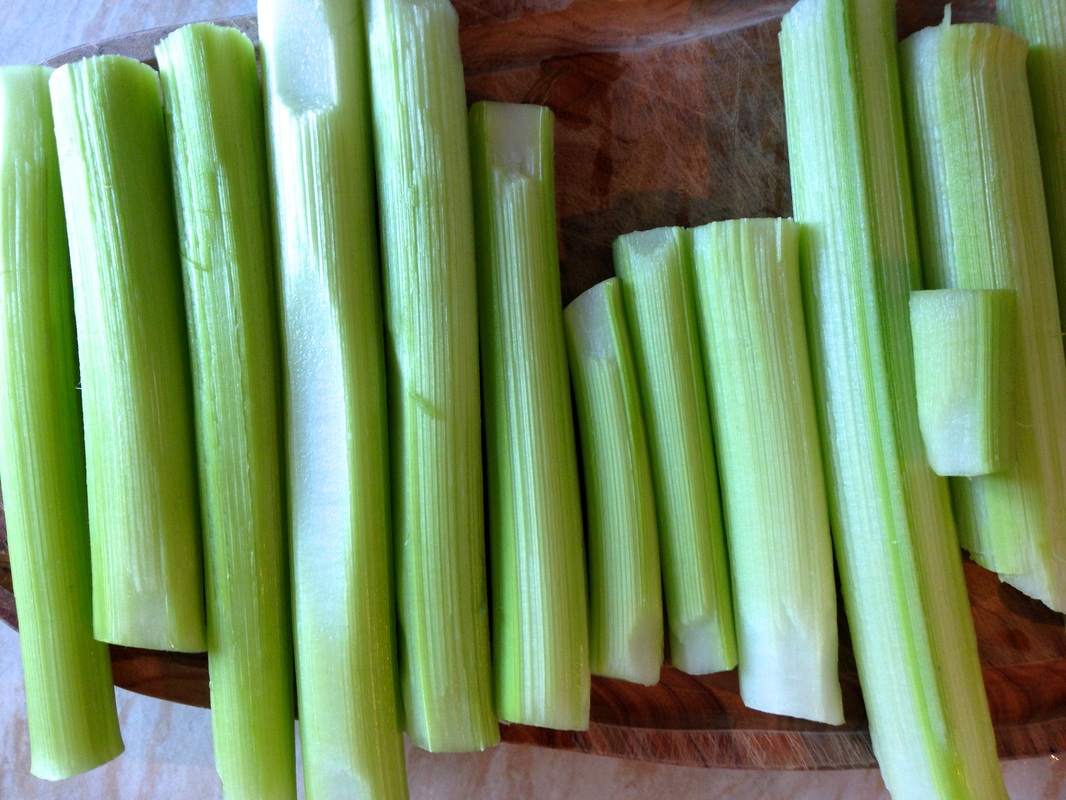
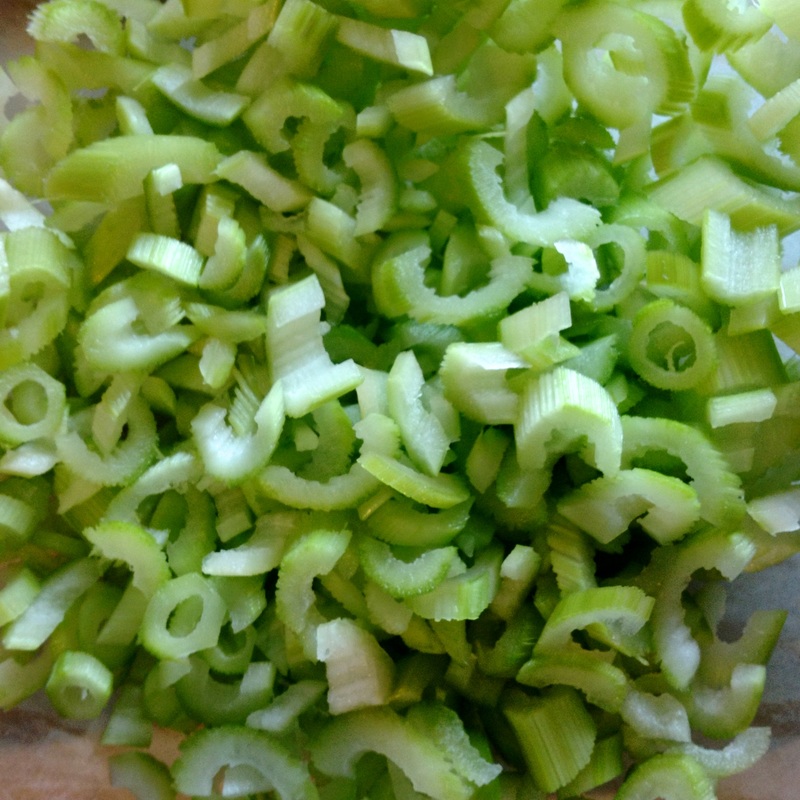
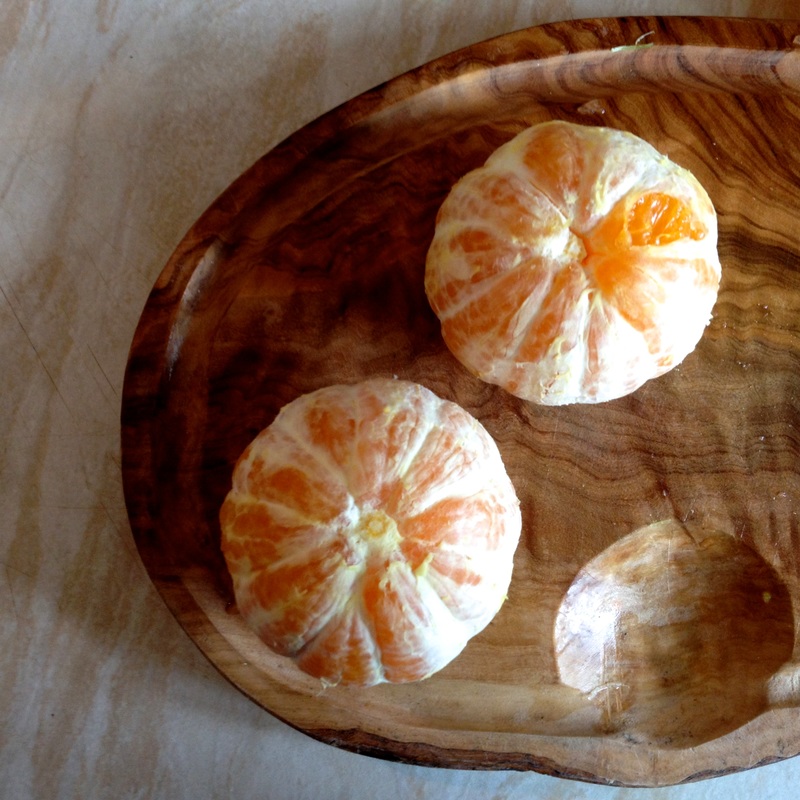
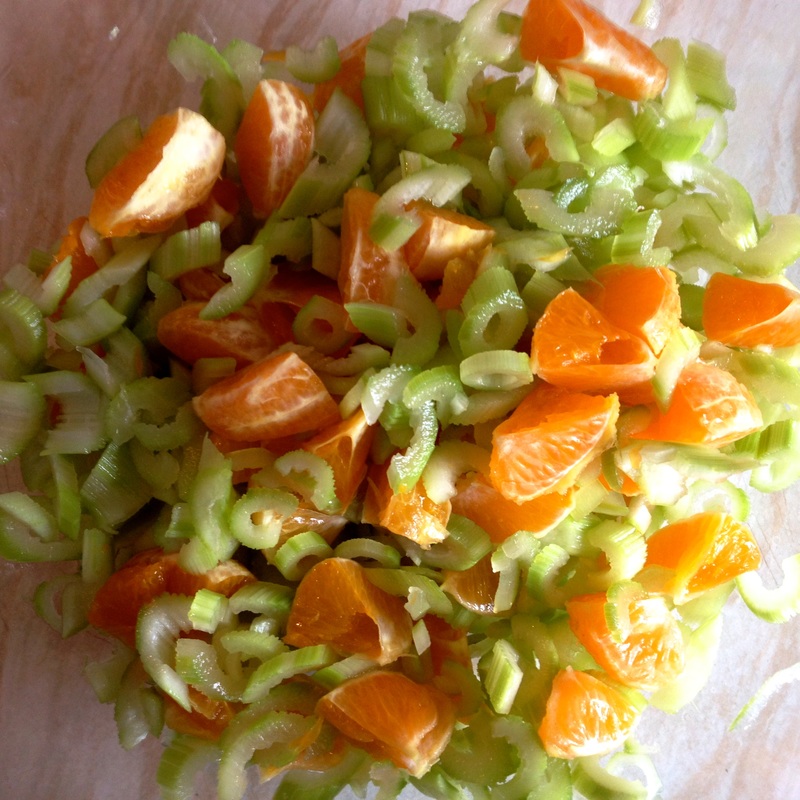
 RSS Feed
RSS Feed
